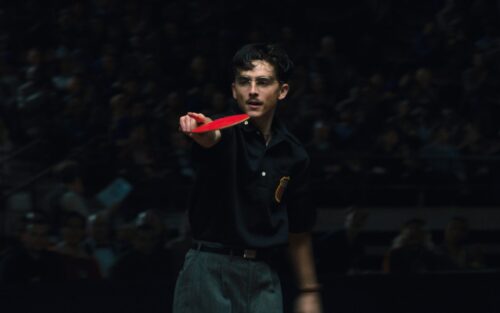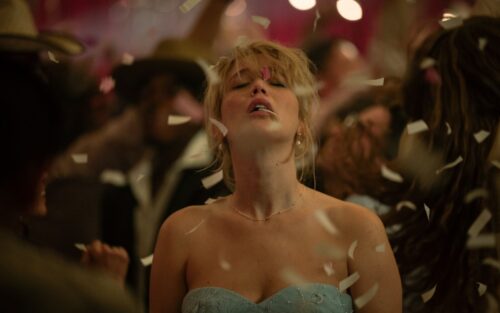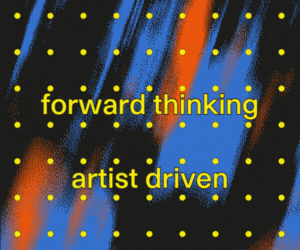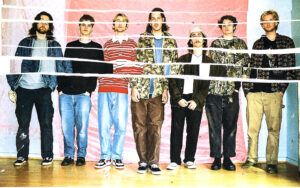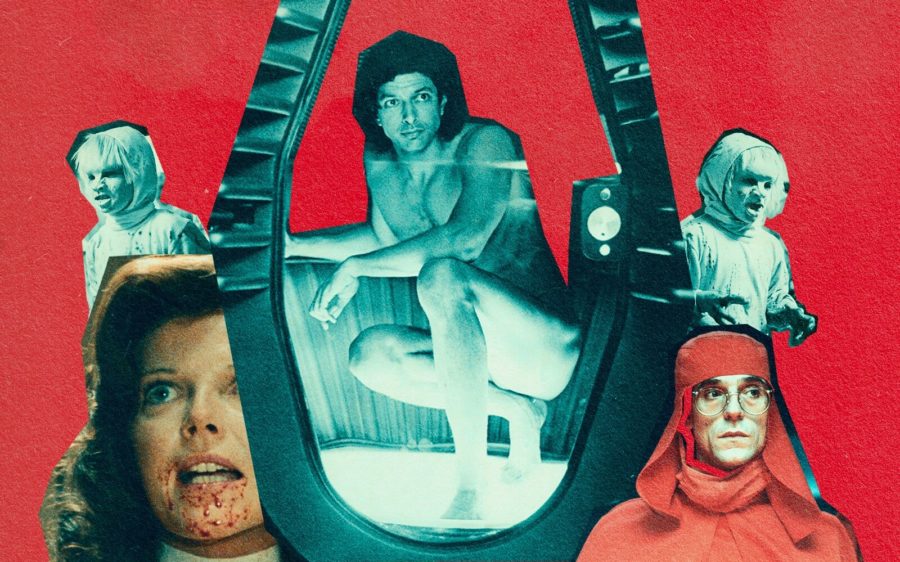
The David Cronenberg Movies That Will Complete Your Halloween Experience
Ring in the season with Canada’s Magnate of the Macabre.
by Maggie McPhee
Photo illustration by Alex Kidd
- Published on
David Cronenberg is the grand dissolver of boundaries—between mind and body, art and science, nature and technology, sex and death, and even between schlock and sophistication. His are the kind of movies you can watch with friends, crack open a few pumpkin ales and colour commentate your way through their grotesque twists and turns. They’re the perfect Halloween fare if you enjoy straddling between worlds and want to watch heads explode while having your own mind blown.
The body-horror pioneer unabashedly transgresses into territories our so-called civil society attempts to suppress into non-existence. But anything squeezed away in the corner of someone’s psyche eventually oozes out into fetishistic desire. And those itches we ignore are the most satisfying to scratch. Cronenberg’s first commercial feature, the orgiastic murder-fest Shivers (1975), scandalized the nation to the point that it had to be discussed in Parliament. Yet, it was the Canadian Film Development Corporation’s first profitable film. Twenty years later, Crash (1996), in which James Spader and Vancouverite Deborah Unger get their rocks off to car collisions, caused chaos at Cannes while simultaneously snatching up the festival’s Special Jury Prize. Repression begets addiction, and the world seems hooked on Cronenberg.
If you’re in Vancouver this spooky season you can catch some of these bad boys on the big screen at the Pacific Cinematheque. They’re even hosting a free showing of Cronenberg’s latest freaky flick, Crimes of the Future, followed by a panel discussion. Canada’s most accomplished director notably worked with near-identical production teams movie to movie. And in the spirit of celebrating cinema as a collective enterprise, look out for the mastery at work in Carol Spier’s art direction, Rick Baker and Chris Walas’ practical effects, sister Denise Cronenberg’s costumes, and Howard Shore’s scores (the composer behind The Lord of The Rings). Cronenberg and his cronies create monstrosities that must be seen to be believed. Don’t hesitate to scratch that itch; just hope doing so doesn’t rip a hole in your flesh that spurts green goo.
Dead Ringers (1988)
Based on the eerie true events of identical twin gynecologists discovered dead from barbiturate withdrawal in their New York apartment in 1975, nearly nude and long-decayed. Jeremy Irons won the New York Film Critics Circle Best Actor Award for his portrayal of uber-codependent brothers Beverly and Elliot Mantle. The two swap sexual partners without consent and view the female body as a laboratory specimen. What could go wrong? Contains some of Cronenberg’s most striking imagery—sets, costumes, the whole shabang. The gynecological instruments Beverly commissions from a metallurgical artist, designed by Carol Spiers and Peter Grundy from combining surgical tools and human body parts perfectly embody the Cronenbergian synthesis of the technological with the organic. Cronenberg loves pushing the boundaries of what constitutes art, and those miniature metalworks could hang on a gallery wall just as easily as they could end up in police records.
The Brood (1979)
It’s scary enough being a single dad (Art Hindle) trying your best to raise a young daughter while your wife (Samantha Eggers) receives an experimental course of “psychoplasmics”. But when it’s Oliver Reed providing the therapy, at least a few of your loved ones are bound to die. The Brood is the third in Cronenberg’s bio-terror trilogy—preceded by Shivers (1975) and Rabid (1978)—in which male doctors perform on female patients to unintended and catastrophic consequences. The director’s own divorce and custody battle transpiring at the time makes this parable of intergenerational trauma his most personal film. Think Child’s Play meets Mommy Dearest in the frozen north. You will never see a child in a red snowsuit from behind the same again.
The Fly (1986)
Scientist Seth Brundle (Jeff Goldblum) has nearly perfected a teleportation device. But at what price? No, not Vincent Price, but the deterioration of Brundle’s mind, body, and romantic relationship. When Brundle’s drunk machismo propels him to take his invention for a test spin he fails to notice that a housefly has tagged along. The ensuing recomposition of his and the insect’s DNA let’s him fuck like a pornstar and win an arm wrestling match until, you know, his nails fall off and things take a devastating dive. The Fly is Cronenberg’s top-grossing film—an apt term—and only feature to win an Oscar (Best Make-Up by Chris Walas and Stephen Depuis). Goldblum is in peak form… until he isn’t.
Videodrome (1983)
Sleazoid Max Renn (James Woods) runs a public-access pornography channel. His new obsession with an intercepted signal broadcasting sexually sadistic snuff films leads him into the conspiratorial realm of media philosophers Brian and Biana O’Blivion. The signal, ‘Videodrome’, enters into its audiences’ psyches, causes hallucinations and conditions their behavior. The screen becomes more real than reality. Media maestro Marshall McLuhan taught Cronenberg at the University of Toronto and served as the model for Professor O’Blivion—but his influence does not end there. Forget the body horror, Cronenberg’s prescience about technology’s increasing mediation in every aspect of our lives is what makes his movies truly terrifying.
Rabid (1977)
In classic form, another scientific experiment and technological innovation thrusts our characters into calamity. Actually, this time—spoiler!—all of Montreal spirals out of control. After a motorcycle accident leaves Rose (Marilyn Chambers) with a fully disfigured face, plastic surgeon Dan Keloid (Howard Ryshpan) administers radical cosmetic surgery to restore her to unblemished perfection. The catch? She now only has the taste for human blood and a brand new tubelike organ to assist with the whole eating thing. We’re talking an armpit tentacle-spear that looks a lot like a penis. Her victims transform into zombie-vampires who slowly infect the East Coast. A movie for everyone who’s wondered what Canadian Martial Law would look like at a shopping mall.
By Prabhjot Bains
Glen Powell fights his way through a blunt but lovingly pulpy satire.
By Prabhjot Bains
Jennifer Lawrence goes ballistic and animalistic in Lynne Ramsay’s fever-dream character study.

